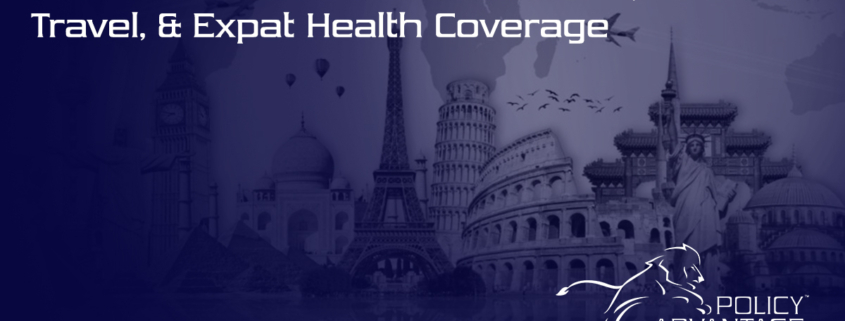Revolutionizing Healthcare: The Synergy of IoT and AI in Kissick’s Iron Triangle
Introduction:
In the realm of healthcare, the quest for improved cost, quality, and access has been a long-standing challenge. However, with the advent of the Internet of Things (IoT) and Artificial Intelligence (AI), a new era of transformation has emerged, presenting unprecedented opportunities for addressing the intricate dynamics within Kissick’s Iron Triangle. By harnessing the power of IoT and AI, healthcare systems are making remarkable strides in enhancing cost efficiency, elevating quality standards, and expanding access to care. In this blog post, we will explore the impact of IoT and AI in revolutionizing healthcare within the context of Kissick’s Iron Triangle.
Kissick’s Iron Triangle:
Kissick’s Iron Triangle (Kissick, 1994), also known as the healthcare delivery triangle, is a conceptual framework that represents the interdependent relationship between three fundamental dimensions of healthcare: cost, quality, and access. Coined by healthcare economist Paul Kissick, the Iron Triangle suggests that these three dimensions are inextricably linked, such that improvements in one dimension may lead to trade-offs or challenges in the other dimensions. It implies that healthcare systems must strike a delicate balance between containing costs, delivering high-quality care, and ensuring equitable access to healthcare services. Achieving simultaneous improvements across all three dimensions within the Iron Triangle is a complex task, requiring innovative approaches and the integration of technologies such as IoT and AI to drive transformative change.
- Cost Efficiency:
Traditionally, healthcare costs have been a major concern for patients, providers, and payers alike. IoT and AI have proven instrumental in streamlining healthcare operations, reducing expenses, and optimizing resource utilization. Here’s how:
a. Predictive Maintenance: IoT-enabled devices and sensors can monitor medical equipment in real-time, allowing for proactive maintenance and minimizing costly breakdowns.
b. Supply Chain Optimization: AI algorithms can analyze historical data to optimize inventory management, reducing waste and ensuring efficient procurement, ultimately driving down costs.
c. Remote Patient Monitoring: IoT devices enable continuous monitoring of patients’ vital signs from the comfort of their homes. This minimizes hospital readmissions, lowers healthcare expenses, and enables early intervention when necessary.
- Quality Improvement:
Enhancing healthcare quality is a fundamental objective, and the fusion of IoT and AI has opened up new avenues for achieving this goal. By leveraging real-time data and advanced analytics, healthcare providers can deliver personalized, evidence-based care, leading to improved patient outcomes. Consider the following examples:
a. Precision Medicine: AI algorithms can analyze massive amounts of genomic data to identify personalized treatment options, leading to more effective therapies and tailored healthcare interventions.
b. Decision Support Systems: AI-powered tools assist clinicians by analyzing medical records, lab results, and symptoms to provide accurate diagnoses, recommend treatment plans, and alert providers to potential risks.
c. Patient Safety Monitoring: IoT devices can detect and prevent adverse events such as falls, medication errors, or infections, thereby significantly enhancing patient safety and reducing medical errors.
- Access Expansion:
Access to healthcare services remains a persistent challenge in many parts of the world. IoT and AI are actively bridging the gaps by improving healthcare access through innovative solutions. Key examples include:
a. Telemedicine: IoT-powered telehealth platforms connect patients in remote areas to healthcare professionals, eliminating geographical barriers and providing convenient access to care.
b. Wearable Devices: IoT-enabled wearables such as fitness trackers and smartwatches enable individuals to monitor their health parameters, facilitating early detection and prevention of diseases.
c. Virtual Assistants: AI-driven virtual assistants and chatbots can provide basic medical advice, triage patients, and offer 24/7 support, expanding access to healthcare information and guidance.
Conclusion:
The combination of IoT and AI has ushered in a new era of possibilities in healthcare. By revolutionizing cost efficiency, quality standards, and access to care within Kissick’s Iron Triangle, these technologies are empowering healthcare systems to meet the ever-evolving needs of patients and providers. As we move forward, continued innovation and integration of IoT and AI will undoubtedly shape a future where healthcare becomes more affordable, higher in quality, and accessible to all.
Remember, the potential of IoT and AI in healthcare is vast, and while challenges remain, their transformative impact is already evident. Embracing these technologies opens up a world of opportunities for improved healthcare outcomes, making the vision of a patient-centric, efficient, and equitable healthcare system a tangible reality.

